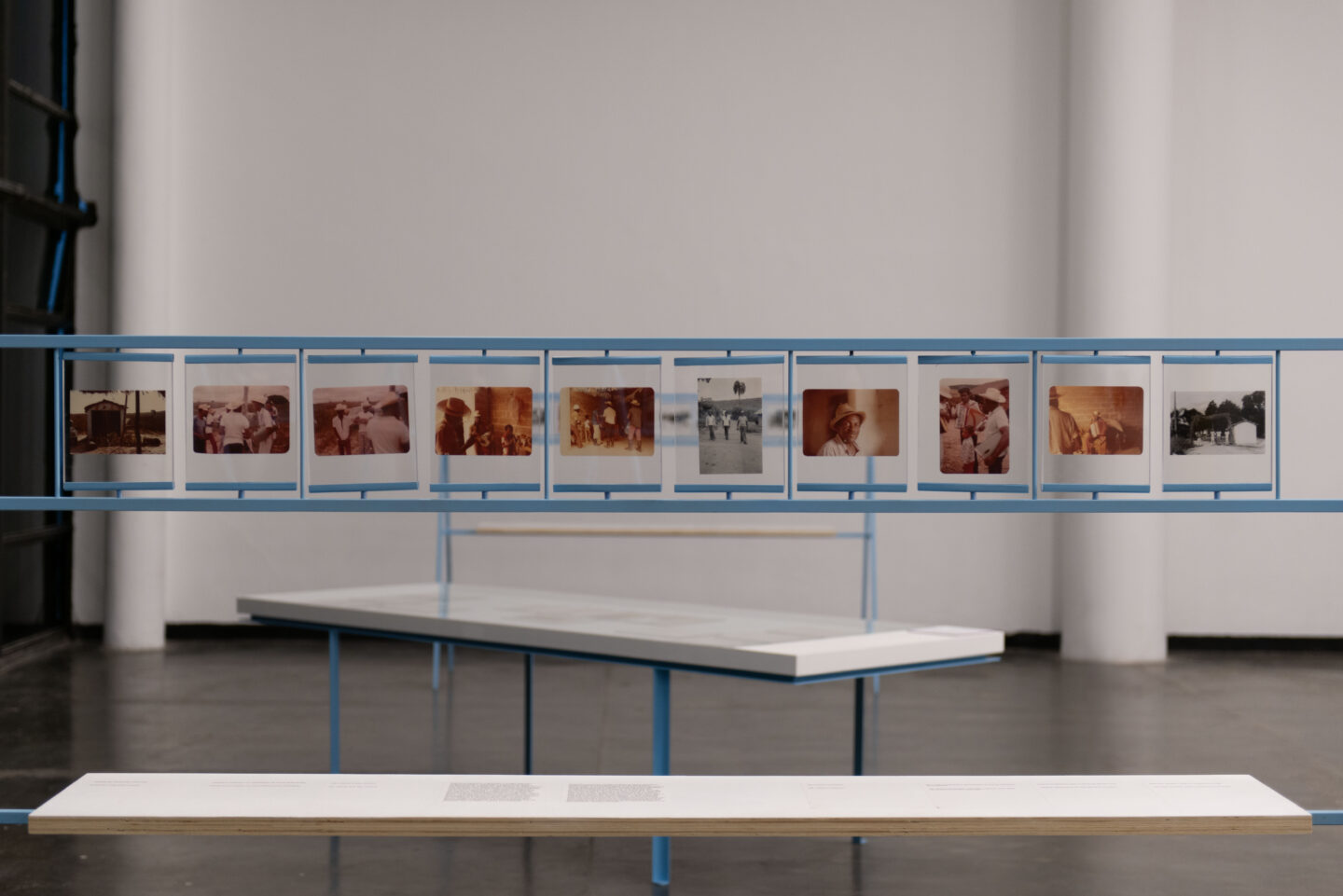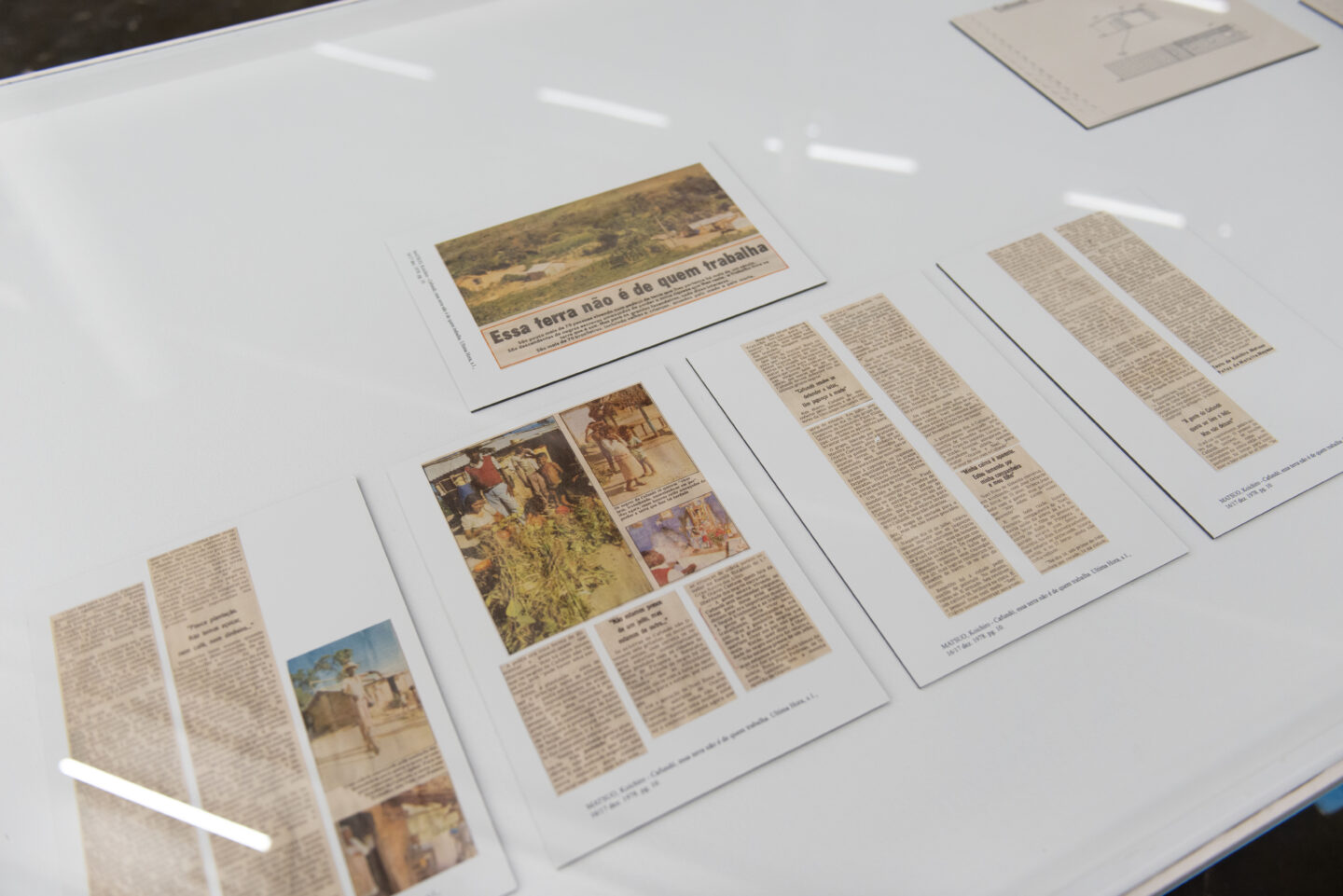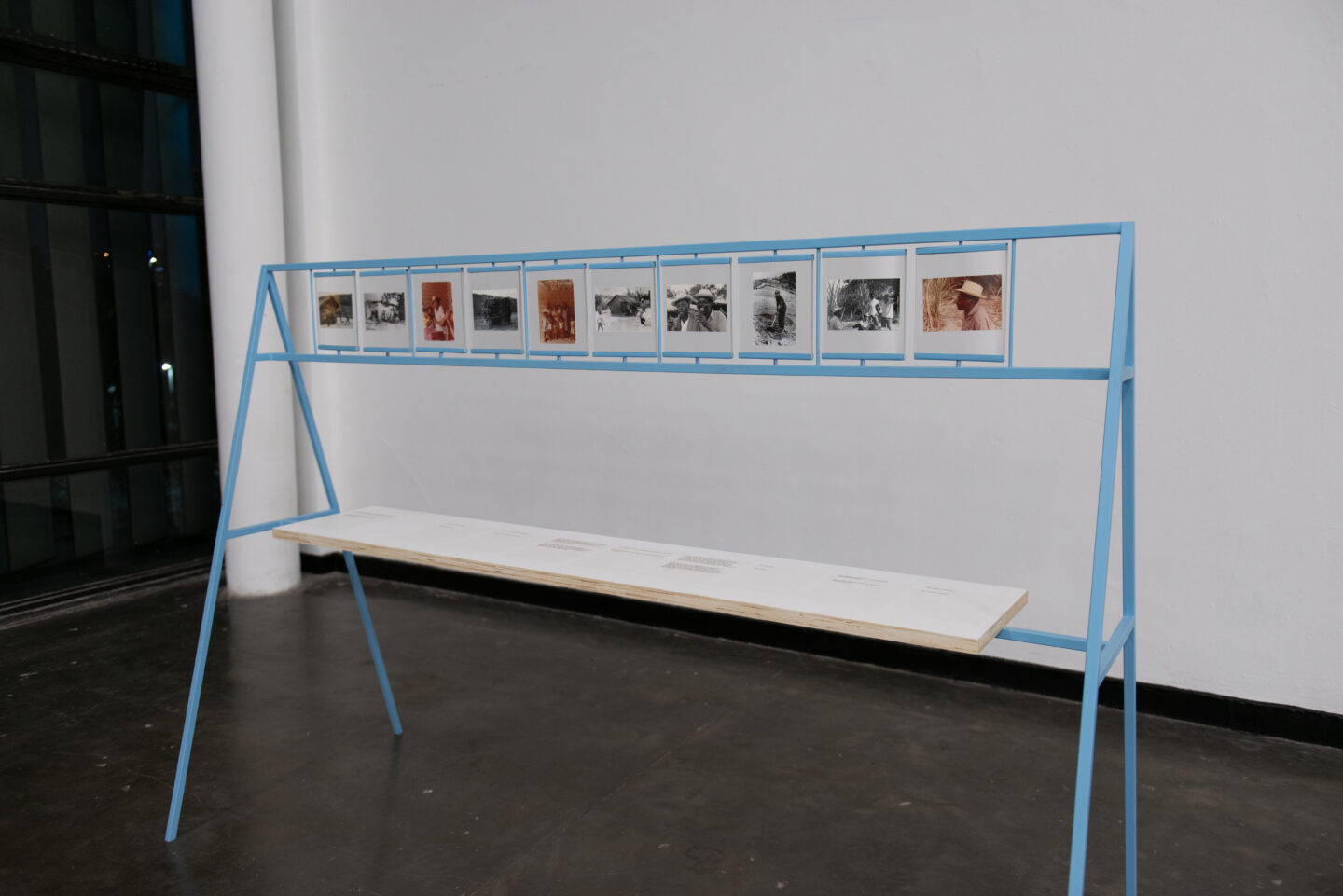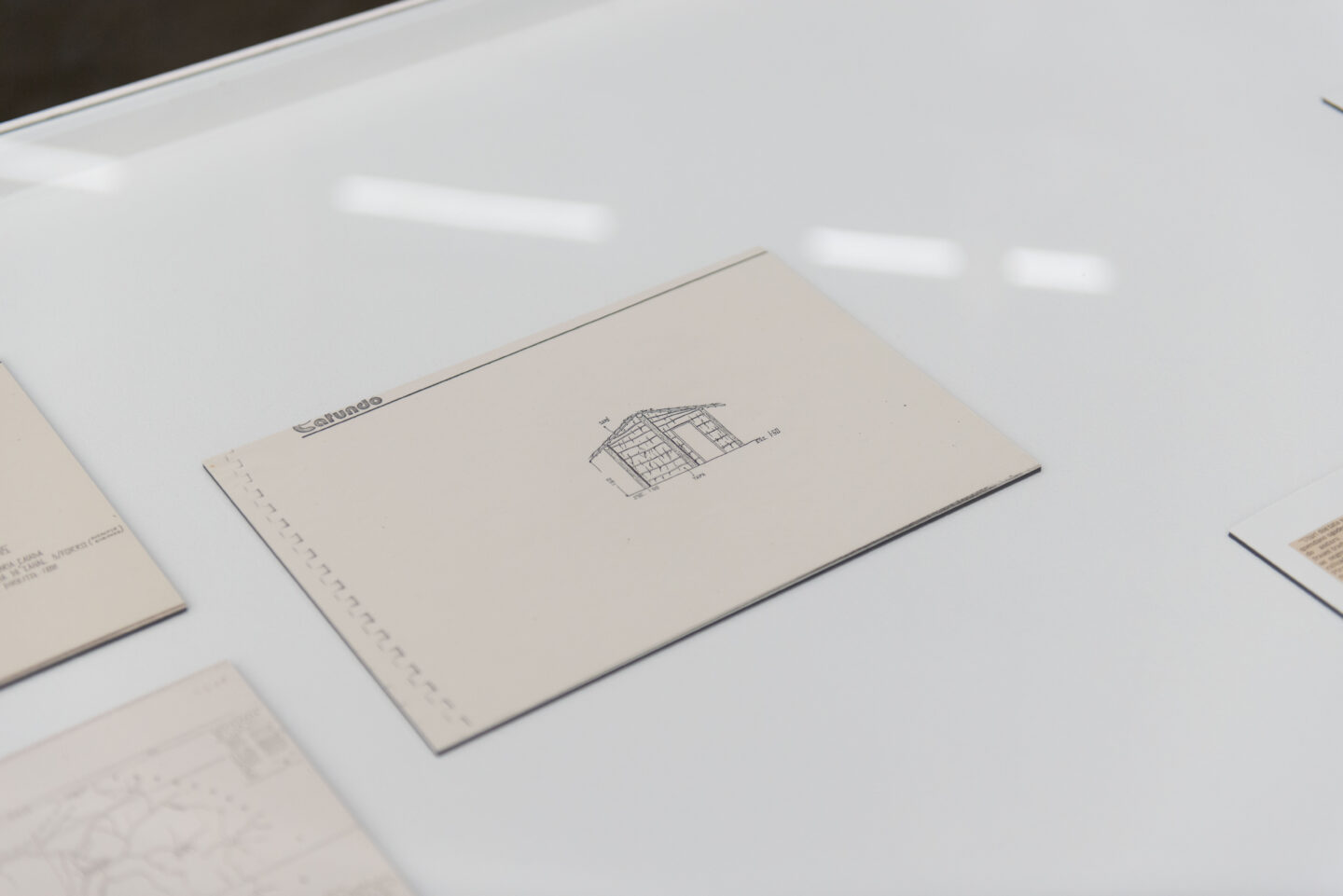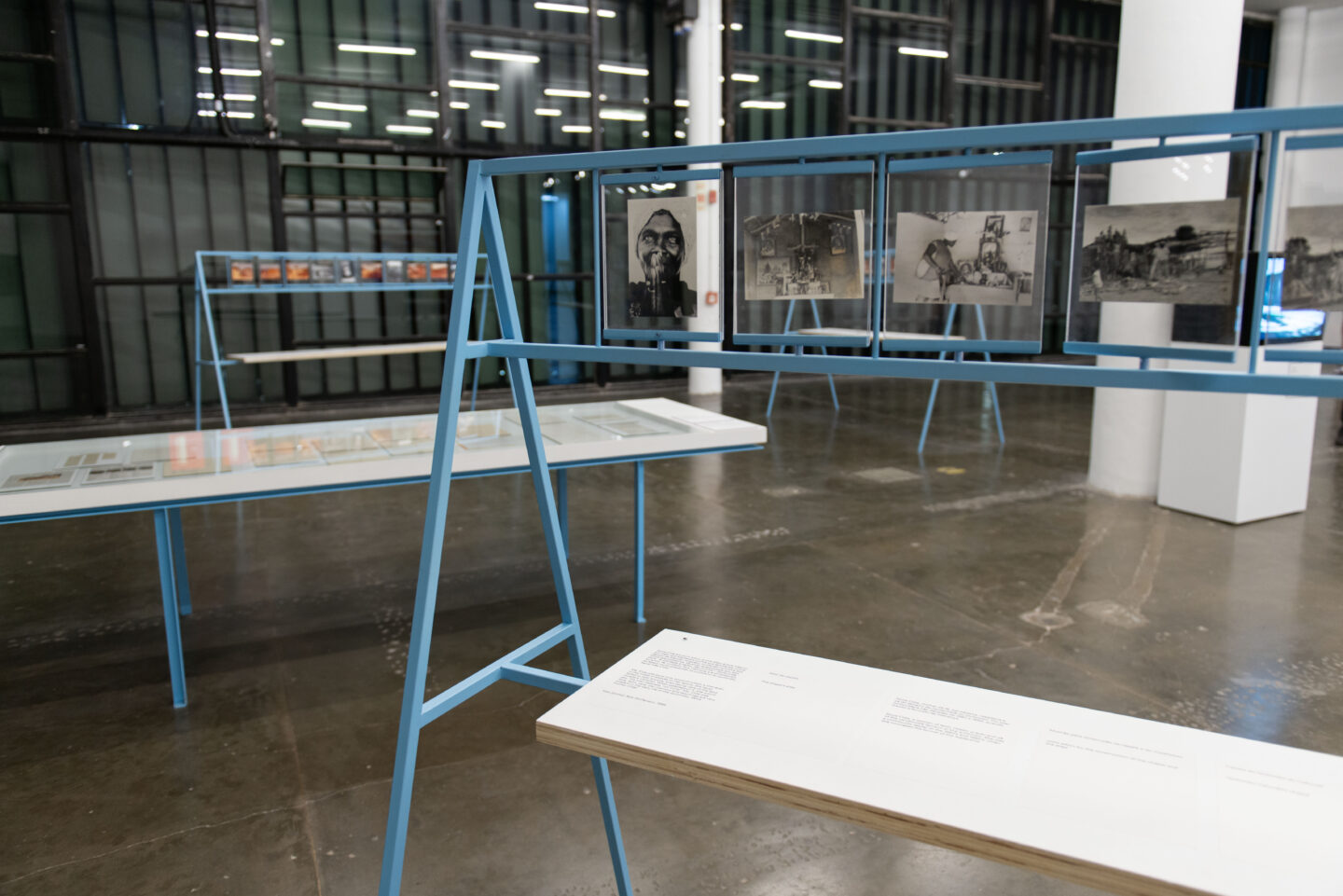
Quilombo Cafundó
On November 20th, 2009, President Luiz Inácio Lula da Silva decreed the recognition of the Quilombo Cafundó community as an area of social interest, although its history goes back much further, to at least 1887, when Joaquim and Ricarda Congo inherited their master’s land after obtaining their freedom. To this day their descendants inhabit the territory located in the rural area of Salto de Pirapora, twelve kilometers from the center of Sorocaba, in the state of São Paulo.
Mr. Otávio Caetano was a musician, a top accordion player, the host of the best parties, a storyteller, responsible for preserving and passing on the dialect¹ to the younger generation. We are here thanks to the strategy of Mr. Otávio, a great master. In the mid-1970s, almost a century after Joaquim and Ricarda, the quilombos in the Sorocaba region began to fall. The last to be extinguished was that of Caxambu, which was a sister quilombo. And witnessing these attacks, Otávio feared that the same would happen to Quilombo Cafundó, which at the time had been reduced to seven and a half bushels of land. And when these actions grew more violent, Mr. Otávio gathered his family and understood that the life of the Black man had no value. And that if they wanted to stay alive, they needed to go after lives of value. So he goes to the center of Sorocaba and begins to cupopiar, that is, to speak in the dialect, which attracts so much attention, to the point that the Jornal Cruzeiro do Sul newspaper writes a report in which it states that in Cafundó, which at the time was still a neighborhood, there is a village where a “strange” language is spoken The news has a wide repercussion, attracting researchers, anthropologists, and linguists, who come to the quilombo and stay to study this dialect. And the presence of the academics inside Quilombo Cafundó made the attacks decrease. Those were the lives that mattered, that Mr. Otávio wanted so much to bring and brought to the community. And with these white and powerful people (orofombe, in cupópia) inside the community the conversation became different.
Otávio Caetano’s dream was to be able to read and write. He died without achieving this, but today we know that he mastered other knowledge that was little valued. Today we are sure that he was a man far beyond his time. His strategy greatly helped Cafundó in this process of resistance and survival.²
cintia Delgado, one of the community leaders, in a conversation with sylvia monasterios
translated from Portuguese by philip somervell
1. Cupópia is a language spoken in the Quilombo Cafundó in Salto de Pirapora, São Paulo, Brazil. The language combines the structure of Portuguese with words of African origin, especially Quimbundo.
². Mr. Otávio was also the one who filed a usucaption process, which secured the permanence of the quilombolas in Gleba A (the community’s remaining 7.5 bushels).
- Vista da instalação de Quilombo Cafundó durante a 35ª Bienal de São Paulo – coreografias do impossível © Levi Fanan / Fundação Bienal de São Paulo
- Vista da instalação de Quilombo Cafundó durante a 35ª Bienal de São Paulo – coreografias do impossível © Levi Fanan / Fundação Bienal de São Paulo
- Detalhe da instalação de Quilombo Cafundó durante a 35ª Bienal de São Paulo – coreografias do impossível © Levi Fanan / Fundação Bienal de São Paulo
- Vista da instalação de Quilombo Cafundó durante a 35ª Bienal de São Paulo – coreografias do impossível © Levi Fanan / Fundação Bienal de São Paulo
- Vista da instalação de Quilombo Cafundó durante a 35ª Bienal de São Paulo – coreografias do impossível © Levi Fanan / Fundação Bienal de São Paulo
- Detalhe da instalação de Quilombo Cafundó durante a 35ª Bienal de São Paulo – coreografias do impossível © Levi Fanan / Fundação Bienal de São Paulo
- Vista da instalação de Quilombo Cafundó durante a 35ª Bienal de São Paulo – coreografias do impossível © Levi Fanan / Fundação Bienal de São Paulo
- Detalhe da instalação de Quilombo Cafundó durante a 35ª Bienal de São Paulo – coreografias do impossível © Levi Fanan / Fundação Bienal de São Paulo
- Vista da instalação de Quilombo Cafundó durante a 35ª Bienal de São Paulo – coreografias do impossível © Levi Fanan / Fundação Bienal de São Paulo
Quilombo Cafundó (Salto de Pirapora, SP, 1888) is a rural community initiated by Joaquim Congo and Ricarda on the lands they inherited after gaining their freedom from slavery. In this community, African cultural traditions have been passed down from generation to generation to this day. For instance, the spoken language known as “cupópia” is directly related to the Bantu linguistic family, originating from Angola. A portion of their territory was recognized as a cultural heritage site around 1985 and officially demarcated in 2009 after extensive efforts to resist land disputes and land grabbing in the region.

 Português
Português
